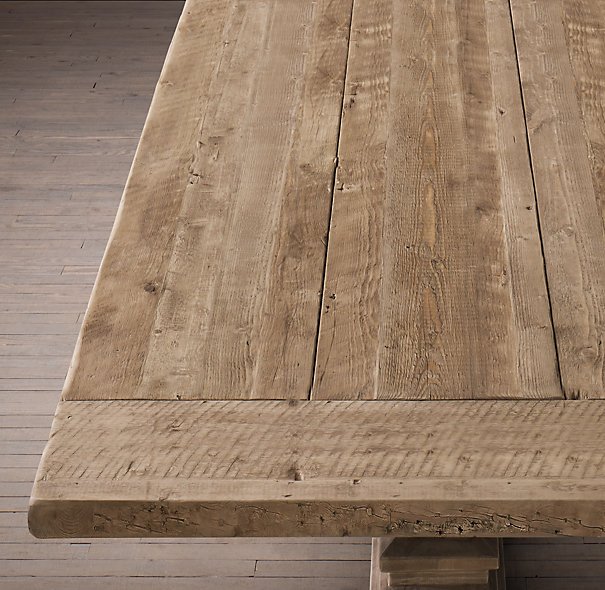Q.
What do you think of water based lacquers?
Forum Responses
All are not bad. All companies formulate them a little different. Some will raise the grain like crazy and some will not. Some are very high in co-solvents and some are very low. Also some are cross-linkable and some use an Iso catalyst. Some will blow off with the wind and others will perform just as good as the clear coat on your car.
The biggest problem with waterbornes is that you need to get rid of the water to get the product to cure and if you need speed, you will need heat, or warm, dry air moving around to pull off your water.
Bob Niemeyer, forum technical advisor
Waterborne finishes do not actually contain water, but can be cleaned up with water prior to their curing. Thinning with appropriate amounts of water has not caused me any problems. I have not had trouble with cure time in temperatures as low as 50 degrees Fahrenheit. I often place freshly sprayed pieces in an area with two large fans to keep air moving and speed dry time. I generally do between-coat sanding after 15 - 30 minutes. I have used a couple American produced products that gave impressive results.
Using waterborn finishes requires different techniques than solvent based finishes, but high productivity and high quality are absolutely achievable.
Any resin that is used in WB's has water in it. It may be a very small percentage, but water is the primary solvent. When a WB formulator purchases WB acrylic and urethane resins to blend into a final solution, a fair percentage of the total solvent structure is water. Figure anywhere from 5-15% water before we put anything else (such as glycols) into the resin to get it to form a film. Then add water-based wax emulsions, leveling agents, anti-slip aids, modifiers, etc. All have a percentage of water in them. The key is to keep as much water out of the system as possible.
